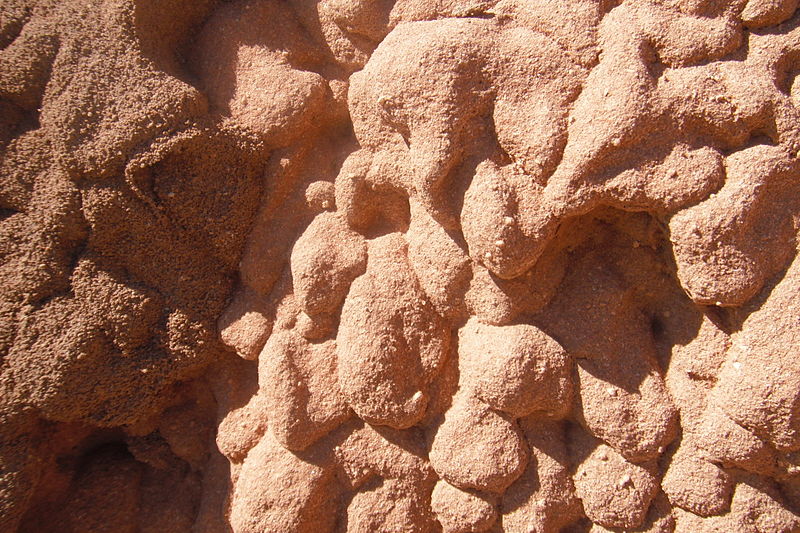
Source: Wiki commons
Termites
The Growth and Differentiation of Metabolism: Extended Evolutionary Dynamics in the Technosphere
By going through the transitions in cell evolution and energy regimes, evolutionary biologist Manfred Laubichler explains the dynamics behind the formation of the metabolic activity and complexity of our planet. Our current sociotechnological system seems to be producing just another step change in evolutionary history, leaving us with the question of what is needed to halt its negative effects, which threaten to annihilate life on Earth as we know it.
Over the course of roughly 3.5 billion years, evolutionary dynamics have created countless forms of life and an intricate web of interactions that together make up the biosphere and, as a more recent extension, also the technosphere. These interactions enable various forms of exchanges or flows of matter, energy, and information, which combine to form highly complex hierarchical networks. One feature of these networks is that any given node—say, an organism or a company—is, in turn, composed of a number of other nodes, such as cells or employees. So, more accurately, these interactions form networks of networks of networks . . . Or, in the language of complex systems theory: it’s networks all the way down.
This characterization of the biosphere is initially a very generalized description. For it to become scientifically meaningful, it needs to be made concrete and operational. In this essay, I will apply insights from evolutionary and complexity theory to better frame the question of biospheric metabolism across different scales and historical regimes.
So, let us begin by looking at the early phases of life on this planet. After the emergence of life itself—an interesting problem in its own right—the first life forms to proliferate were prokaryotes (bacteria or cellular life forms without a nucleus) that depended on geochemical energy sources. They had a very diverse set of metabolisms, depending on their specific energy source. The complexity of these initial ecosystems was already significant, but localized, as these organisms were closely tied to their energy source. Remnants of such ecosystems can be found today, for instance in the geysers of Yellowstone National Park.

small
align-left
align-right
delete
To understand the evolutionary dynamics that led from these first organisms and ecosystems to today’s technosphere, we have to briefly discuss two features of the evolutionary process that have only recently been fully recognized. Each evolutionary system, such as cells, organisms, societies, or technologies, is controlled by a nested set of regulatory networks. These include genomes, systems of epigenetic control, social interactions, institutions, and ecological and economic interactions. These regulatory systems both facilitate evolutionary transformations, as they generate the variation upon which natural selection acts, and constrain future evolutionary trajectories, as the historical and structural conditions of these regulatory systems determine which kind of variation is possible. The second feature relates to how evolutionary systems interact with their environments. Here the operative principle is niche construction. Organisms do not just passively experience and react to environmental challenges. Rather, they actively shape, or construct, their environment at different scales. Examples of niche construction are beaver damns, termite mounds, social institutions, technological infrastructures, and such large-scale effects as the oxygen-rich atmosphere.M.D. Laubichler and J. Renn, “Extended Evolution: A Conceptual Framework for Integrating Regulatory Networks and Niche Construction,” Journal of Experimental Zoology (Molecular and Developmental Evolution), no. 324B (2015), pp. 565–77.
Regulatory networks and niche construction as two important elements of the evolutionary process are linked by additional types of dynamics—externalization and internalization. Externalization refers to the fact that by shaping their environments, organisms and other evolutionary units, such as social groups, transfer their internal regulatory states into the environment. This can be in the form of information transfer or of an extended metabolism. Examples include a termite mound, which is both a material and an informational structure, and, in the case of human culture, social norms and laws, as well as elements of material culture, such as buildings and technologies. All of these are a form of knowledge transfer, as knowledge can be both abstract and concrete. As long as these externalized states or constructed environments are stable through time, which many of the above examples clearly are, they become part of the extended hereditary system and can therefore act as units of selection within a broader evolutionary process. Stable externalizations can, in turn, be incorporated into regulatory structures in subsequent generations. Evolutionary biologists refer to these processes as internalization events. Regulatory effects can be informational, such as norms affecting behavior, or they can also involve a material component, whether it is a material-signaling cascade affecting gene expression, such as a chain of signaling molecules linking an environmental stimulus to the mechanisms inside the cell nucleus that determine whether a gene is active or not, or the effects of the built environment on human activities.
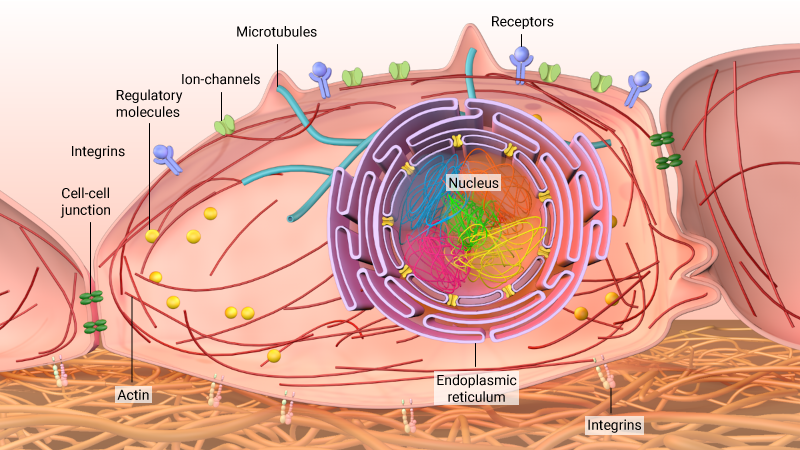
large
align-left
align-right
delete
The resulting conception of the evolutionary process is more complex than the traditional neo-Darwinian view, which mainly emphasizes two dynamic processes: heredity and natural selection. Extended evolutionary theory considers additional dynamic interactions, which, together, result in a more complex representation of the evolutionary process. In this understanding, the evolutionary dynamics include several types of dynamic feedback (externalization and internalization) in addition to the already understood interactions between heredity and selection. As a consequence, the evolutionary process is now seen as far more active, or constructive, than the standard notion of random variation followed by natural selection.
Based on this brief sketch of evolutionary dynamics, we can now move on to develop a better understanding of the growth and differentiation of metabolism in the course of evolutionary history leading up the Anthropocence and the technosphere.
Following the diversification of bacterial metabolism during the geochemical energy regime described at the beginning of this essay, we find the first evidence of photosynthesis, around 3.4 billion years ago. Photosynthesis was a consequence of several major innovations that enabled these organisms to enter a second energy regime, one based on solar radiation. The organisms introduced different metabolic pathways, thus contributing to an overall diversification of metabolic activity and complexity. One by-product of photosynthesis, oxygen, was slow to accumulate, but it’s eventual effects would be dramatic. About a billion years after the development of photosynthesis, oxygen concentrations in the atmosphere had increased to such an extent that it triggered an oxygen crisis. As it turned out, oxygen was poisonous to many of the earliest anaerobic life forms, which then became relegated to extreme environments. But oxygen also became an important element in another newly emerging energy regime—one based on the chemical process of oxidation, which enabled organisms to harvest energy via the breakdown of the organic molecules first produced by photosynthesis.Olivia Judson, “The Energy Expansions of Evolution,” Nature Ecology & Evolution, vol. 1, art. 138 (2017).
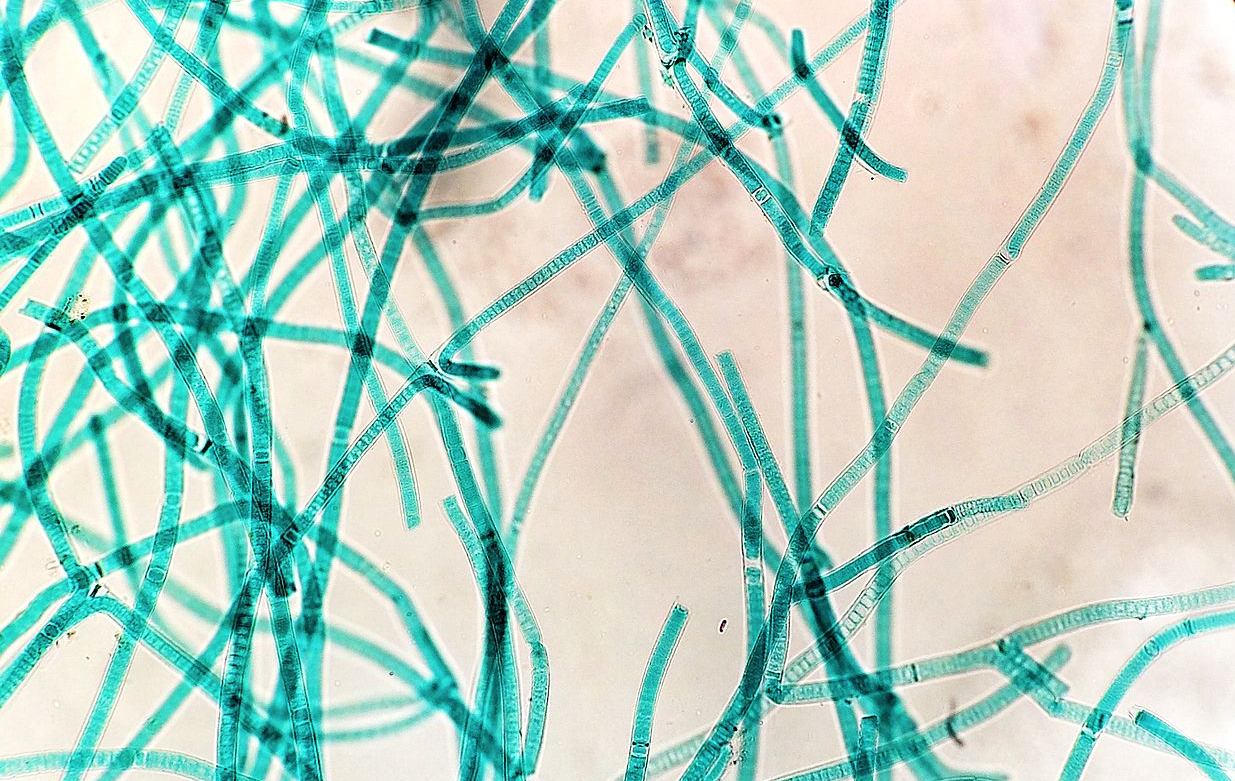
large
align-left
align-right
delete
Within these major transitions of evolution, we can see the dynamics of extended evolution at work. An internal regulatory structure regulating complex metabolism (photosynthesis) externalized its waste product (oxygen), thus constructing a novel niche (an oxygen atmosphere). While some organisms could not adapt and had to move to remote and extreme environments (the anaerobic life forms), others could incorporate this new stable feature of the environment (oxygen) into their basic regulatory structures (those genomic elements and cellular structures that code for cellular oxidation, such as the Krebs cycle).
Higher concentration of oxygen then facilitated the evolution of larger multicellular organisms. Size, in turn, enabled the evolution of more complex digestive systems, which, in turn, allowed those organisms to ingest other organisms—an evolutionary stage the science writer and evolutionary biologist Olivia Judson has called the “flesh regime.”Judson, “The Energy Expansions of Evolution.” Within this energy regime, we can find the last roughly 800 million years of animal evolution, until one of these species—an ancestor of ours in the genus Homo—managed to manipulate fire, thus starting the fifth energy regime: the fire regime. The fire regime, of course, is built on all earlier energy regimes—the cellular structures of the geochemical; the biomass and oxygen of the photosynthesis or solar regime; the cellular metabolism of the oxygen regime; and the digestive tracts of the flesh regime, which enabled the differentiation into complex organisms with brains, which eventually developed the cognitive abilities to manipulate fire.
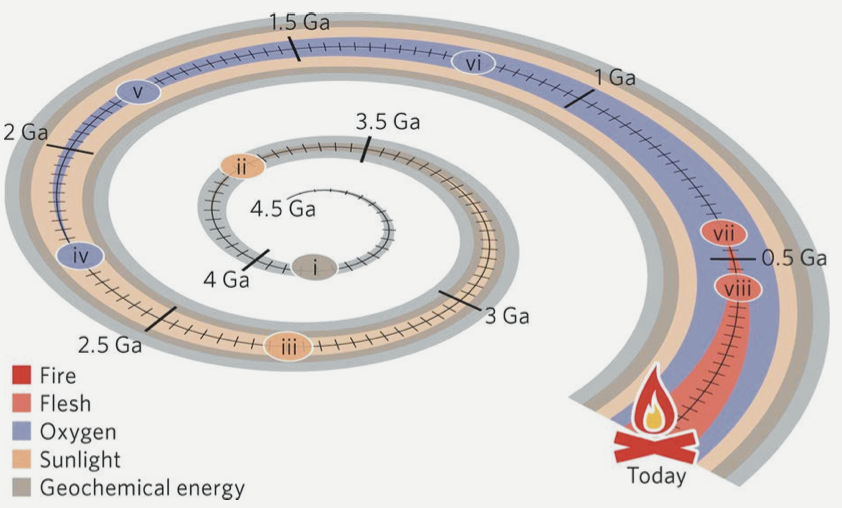
large
align-left
align-right
delete
Fire, then, became a prime factor in niche construction, which, in turn, triggered a whole range of additional coevolutionary dynamics. For one, the evolution of the human brain to its current size and complexity would not have been possible without the additional calories enabled by cooking. Fire has also been a main contributor to cultural and cognitive evolution, which then led eventually to complex societies, the division of labor, and the evolution of knowledge and technology, which we now call the technosphere. Each step in this highly complex evolutionary history is a product of the extended evolutionary dynamics discussed above.
While it is clear that the growth and differentiation of metabolism has an intriguing evolutionary history, the question of what this means for our future in the Anthropocene remains to be addressed. So far, I have focused mainly on the evolutionary dynamics that led to our present age. But there are also some general features of metabolism that are relevant for understanding the technosphere and its relations to previous evolutionary stages. One such feature is the close link between energy, matter, and information. Traditionally, metabolism is identified with the transformation of matter and energy. But in all complex systems, these transformations are subject to regulatory control, and this control is a consequence of the action of informational systems. The expression of genes is controlled by genomic control systems that process information; the biochemical reaction networks are controlled by enzymes, which, in turn, are the subject of both evolutionary (selection) and developmental (genomic) information systems. And the technosphere would not be possible without knowledge—itself an evolutionary system. It is the evolution of knowledge systems that has been the main driver of the diversification of both the biosphere and the technosphere.
Another universal feature of metabolism is the existence of scaling relationships.G.B. West, Scale: The Universal Laws of Growth, Innovation, Sustainability, and the Pace of Life in Organisms, Cities, Economies, and Companies (New York: Penguin, 2017). Scaling laws refer to predictable relationship of several properties of complex systems to size. This was first noticed for biological metabolism. Many important physiological features, such as an organism’s number of heartbeats or consumption of resting energy, scale to the power of ¾ with respect to size; this means, for example, that larger organisms are more efficient and explains why organisms in cooler climates tend to be bigger. The same kind of scaling relationships have been found for cities and other aspects of the technosphere. Similar to their animal counterparts, larger cities tend to consume less energy per capita. Other features, however, such as the ability to innovate (measured by the number of patents) or the crime rate instead scale superlinearly (meaning an exponent of greater than one) with size. To fully comprehend the metabolism of the technsophere, we need to consider these features of scale and the role of information.
I want to conclude this essay with a few general observations about the implications of an extended evolution perspective for understanding the evolution of the technosphere. I will focus specifically on energy, as it is beyond a doubt one of the central challenges for our global future.
So far, we have had five main energy transitions in the course of evolution. Our current trajectory—burning carbon sources that were once sequestered during previous geological epochs—has led to a carbon crisis that threatens our current sociotechnological system. The metabolism of the technosphere, including our increasing reliance on information exchange and computing in addition to the various forms of material and energy flows in our systems, will likely require even more energy in the future. We are thus in urgent need of an energy transition that can give us a higher yield than we currently use without negatively affecting central material cycles, such as the carbon cycle.
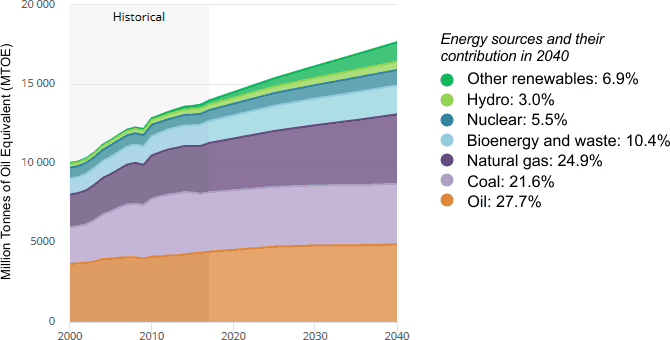
large
align-left
align-right
delete
On the energy production side, the technologies to meet this higher yet nondisruptive energy yield exist. In principle, it is already feasible to satisfy all energy needs by converting solar radiation into usable energy such as electrical. But—and this is an important lesson from evolution—this does not mean we can stop using previous energy sources. After all, we still have every energy regime that evolution discovered. And while electricity is a useful form of energy, it can’t be easily stored, traded, or transported long distances. Chemical energy forms will thus have to continue, especially given the various forms of constructed infrastructure we built up over centuries of cultural, institutional, and technological evolution. The question is—and this is the primary challenge of the new metabolism of the technosphere—how do we produce our chemical energy carriers? Again, technologies exist to close the carbon cycle and instead synthesize fuels using renewable sources, mainly solar (with several possible chemical outputs, from methane to dimethyl ether). Another dimension of this new energy metabolism is how to deal with its accumulated waste in the form of atmospheric carbon dioxide. We will have to remove a good fraction of what is currently there while we are closing the carbon cycle. Again, in principle, we already have the technologies for this form of waste management. However, what we don’t yet know, and need to figure out quickly, is what a workable and socially and economically feasible transition to such a system would look like. Figuring out this transition is one of humankind’s central challenges, if we want to survive the Anthropocence.